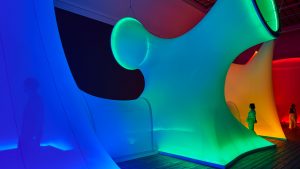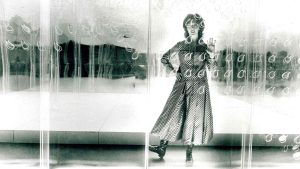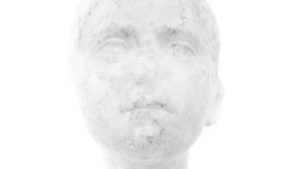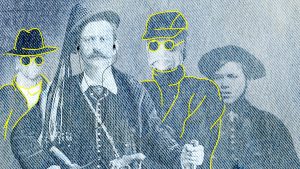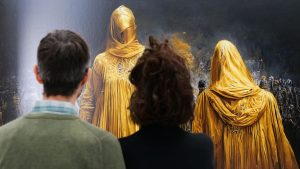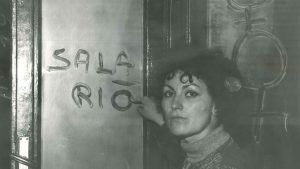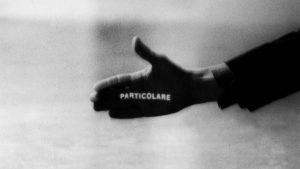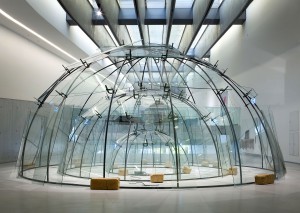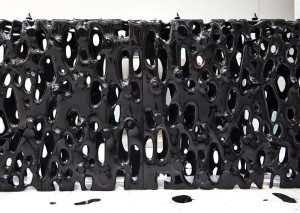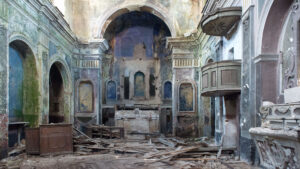Ghirri, Luigi
Luigi Ghirri (Scandiano, Reggio Emilia 1943 – Roncocesi, Reggio Emilia 1992) is one of the major figures of Italian photography. He has had a profound impact on visual culture internationally mainly because of its ability to imagine the pursuit of photography as a privileged access to the world and its representations.
He began his career in the late 1960s thanks to his collaboration with Modena’s conceptual artists, in particular Franco Guerzoni, Claudio Parmeggiani, Franco Vaccari, Carlo Cremaschi and Giuliano Della Casa. He later developed his own linguistic and artistic autonomy in the field of photography.
He collaborated as a curator with the Department of Culture of the Municipality of Modena and later with the Municipality of Reggio Emilia. He proposed young authors and exhibitions of a historical nature, as well as incursions into the history of photography. He founded the “Punto & Virgola” publishing house with his partner Paola Borgonzoni.
He promoted the study of the landscape and inaugurated the season of explorations of the landscape, involving diverse authors from his generation, as well as writers, critics, architects, designers and musicians. In parallel to his work as a curator and promoter of cultural activities in the field of photography, he developed his own research by breaking down the genres of photography, opening up new and unexpected perspectives. His photographic language was continually compared with his activities of studying and promoting photographic culture, with precise and intense moments of reading reality.


